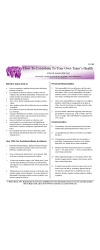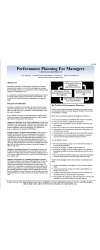Verbal and Non-verbal Contributions To Meaning
Here’s what is commonly said:
55% of the meaning of communication is body language, 38% is in tonality, and 7% rests in the words themselves.
In fact, Mehrabian’s research said NOTHING at all about the relative contributions in general speech. Nothing. Anyone who took the time to actually look at the research would know that, but, well, most communications trainers and instructors don’t — call it laziness or ignorance, and the misconception continues, passed on person to person.
In fact, Mehradian’s results have to do with what happens when the words themselves are ambiguous, OR there is a conflict (incongruity) between the words a person uses and the non-verbals (actually and para verbals like tone). When there is ambiguity or conflict between the channels people tend to rely more on the non-verbals to evaluate the emotional state of the person speaking.
Clearly though, even without reading the research, a little common sense here would tell us that the old saw about percentages of meaning makes absolutely no sense at all. If it was true, does it mean the when you read a book 93% of the meaning is lost? Because there’s no non-verbals? Of course not.
People who cite these statistics mark themselves as ignorant, and their ability to teach communication should be immediately suspect. And, yes, I hate to say this, but even Toastmasters (certainly a reputable but somewhat over praised group) is known to throw these numbers about.






